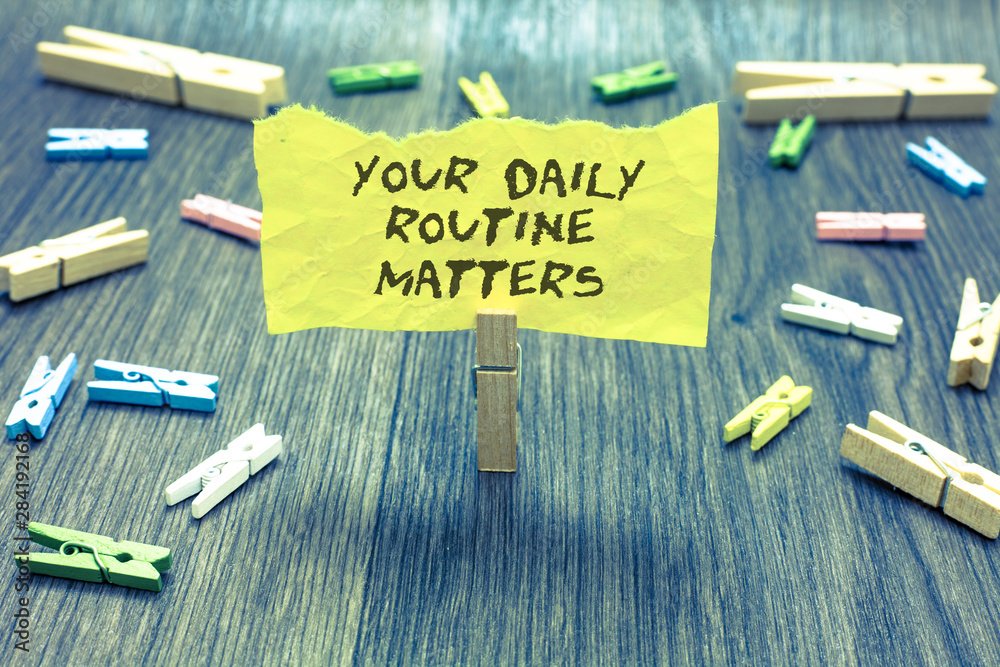Understanding the Habit Loop: Stick to Your New Habits Once and for All
Whether it's hitting the snooze button or committing to exercise, habits influence our health and outcomes all the time. Understanding the habit loop can be the key to making changes that have a positive impact on us.
The habit loop consists of three essential components: the cue, the routine, and the reward. Let's get clear on each one:
The Cue:
The cue is the trigger that initiates the habit. It can be a specific time of day, an emotional state, a visual cue, or any other signal that prompts the behavior. Recognizing and understanding our cues is crucial to unraveling the mechanics of our habits.
The Routine:
The routine is the actual behavior or action that we engage in. It's the habit itself—the automatic, often unconscious response to the cue. This is where the habit loop gains its power. Once the routine is established, it becomes ingrained in our neural pathways, making it easier to repeat over time.
The Reward:
The reward is the positive reinforcement that follows the routine. It satisfies a craving or fulfills a desire, creating a sense of pleasure or relief. The reward reinforces the habit loop, signaling to our brain that the behavior is worth repeating. Don’t skip this part!
Here’s how can we use the habit loop to our advantage when seeking to change our habits.
1. Identify the Cue: Pay attention to the cues that trigger your habits. Is it a specific time of day, a certain environment, or an emotional state? By recognizing these cues, you can become more aware of the habits they prompt and start interrupting the loop.
2. Replace the Routine: Once you've identified the cue, experiment with alternative routines that align with the change you want to make. For example, if stress triggers an unhealthy snacking habit, replace the routine of reaching for chips with a short mindfulness practice or a scenic walk. The important thing is that you replace the habit with a similar feeling.
3. Find a Reward: Track your progress, share your win with someone, treat yourself to something positive, or acknowledge yourself with positive self talk.
4. Repeat and REFINE: Changing habits takes time and patience. Remember, it's about progress, not perfection. Consistently repeat the new routine and reward cycle, tweaking as needed along the way. This stage is very important. Schedule changes, seasons, travel, and personal challenges can all affect the habit loop we ingrained, so we need to keep refining if we get off track. This will make it sustainable AND adaptable.
By understanding the habit loop and consciously intervening at each stage, we gain the power to reshape our habits. It's not an overnight transformation, but a gradual process of intentional change that leads to long-lasting results.
So, embrace the habit loop as an ally in your journey and design the life you desire.
Let’s fill out a loop right now:
What is the cue?
What new behavior will be added?
What can you do to give your brain the reward that will lock it in?


